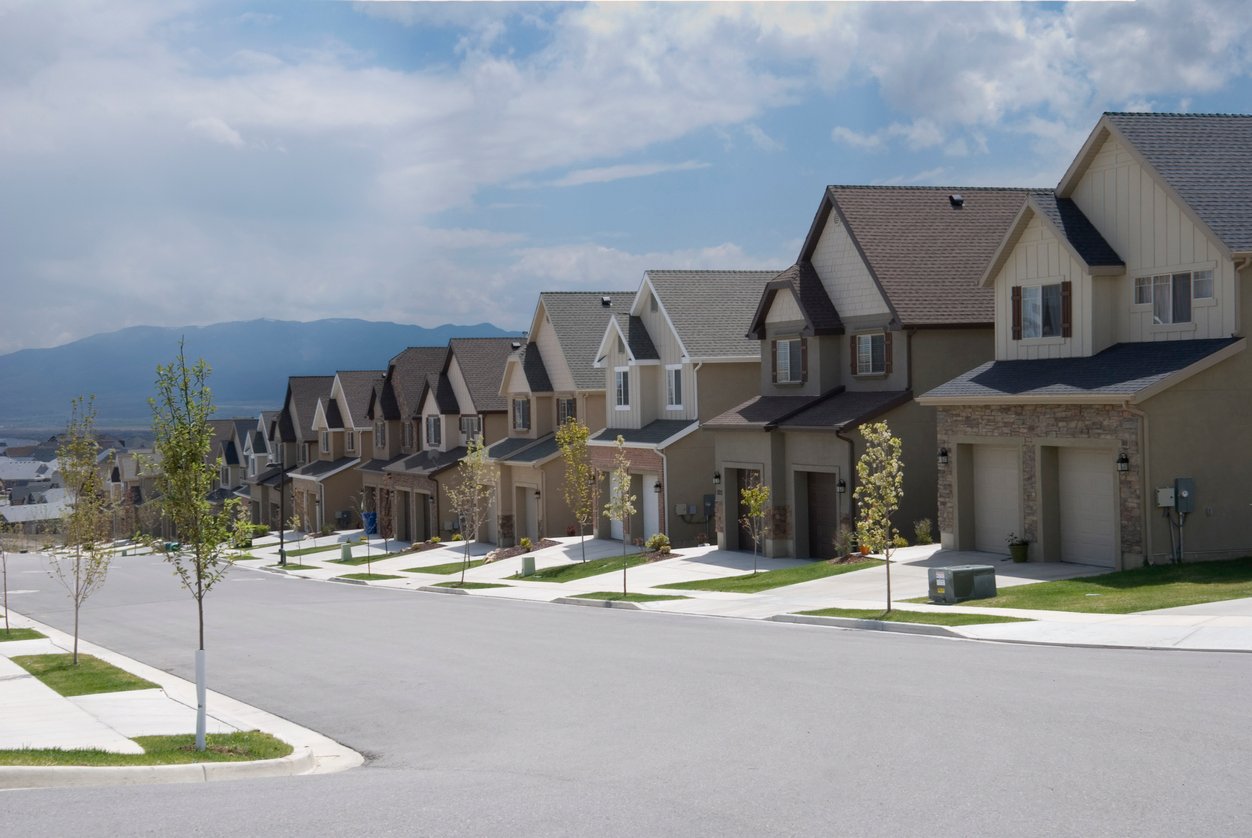
They say “location, location, location” for a reason, but when it comes to new home construction, how you build matters just as much as where.
In today’s housing market, most homeowners choose between two main paths: building on their own lot or tract building within a planned development.
Each option has its pros, cons, and cost considerations. Your decision affects everything from project timelines to design freedom and long-term value.
Let’s take a closer look at how these two approaches to home construction compare and which might make the most sense for your goals.
Building on Your Lot vs. Tract Building: Key Differences to Know
Before choosing your home construction path, it helps to understand the key differences between tract building and building on your own lot. These two approaches impact everything from your design flexibility and timeline to overall cost and neighborhood feel.
Here’s how each option typically stacks up and what to expect before you start building:
Building on Your Lot
Building on your own lot offers unmatched control, but it also comes with added time, cost, and responsibility. This approach means you purchase and prepare your land before construction begins, managing everything from surveys to soil tests and local code requirements.
Typical site preparation includes:
- Perc and soil testing (for septic systems)
- Well installation (if needed)
- Drainage and grading plans
- Driveway access
- Lot clearing and surveying
Owning the land means you’re footing the bill for site prep and development. Timelines can vary, but most build-on-your-lot projects take between 6 months and 1 year to complete, sometimes longer if permits or contractor schedules slow things down.
Working with smaller, independent builders can mean a more personal experience but may also result in longer timelines or limited material options. Larger production builders may take on private-lot projects, but usually at a premium price, often starting in the mid-$300,000s.
So, why do many homeowners still choose to build on their own land? Freedom.
Building on your lot gives you:
- Full design flexibility – no restrictive community guidelines
- The ability to choose your location, lot size, and layout
- Fewer neighboring homes and greater privacy
The trade-off? You take on more oversight and coordination, which can mean more stress and potential delays.
Pros: Maximum customization, complete oversight, privacy
Cons: Higher costs, longer timelines, more personal responsibility
Building in a Tract
Before exploring the pros and cons, it helps to understand what tract housing actually is. A tract is a large piece of land divided into smaller, pre-prepared lots, complete with basic infrastructure such as roads, utilities, and drainage systems. Developers create these communities, sometimes called tract home developments, specifically for new home construction.
In most cases, home builders follow one of two models:
- Production Tract Building: A single builder purchases the land, develops it, and sells completed homes, often with a model home or sales center on-site.
- Luxury or Semi-Custom Tract Home Construction: The developer sells individual lots to partner builders who offer upgraded designs or semi-custom plans alongside the home purchase.
Occasionally, unfinished subdivision lots hit the open market if a developer steps away from a project, but that’s relatively rare.
For many homeowners, tract building is the simpler route. Builders offer a set of approved floor plans and curated material options, streamlining the process from design to move-in. This level of control helps keep costs predictable and construction efficient, but limits customization to the plans and finishes the builder provides.
Lot sizes and availability depend on the neighborhood’s density and design. Premium or corner lots often carry an added cost, while smaller sites keep prices lower. Most tract homes take roughly 9-12 months to complete, although some production builds can wrap up in half that time.
Luxury tract construction offers more flexibility, but it comes at a price. Fully custom homes in these developments usually start at $500,000 or more and are around 2,500 sq. ft., depending on the region and materials. Even then, homeowner associations (HOAs) may enforce deed restrictions or architectural guidelines to maintain the neighborhood’s look and value.
Pros: Faster timelines, predictable costs, simpler process
Cons: Limited design options, higher entry cost for customization
A Middle Ground: Custom Homes Without the Headaches
When comparing building on your lot and tract building, it’s easy to feel like you have to choose between freedom and convenience. But there’s another option that combines the best of both – panelized home construction.
With a panelized system, your home’s major components –walls, floors, and roof panels – are precision-built in a controlled factory environment, then delivered to your site for assembly. This approach allows for custom designs while keeping construction time and costs in check.
For homeowners, that means:
- The ability to build a custom home on your own lot without starting completely from scratch
- Shorter build timelines compared to traditional on-site construction
- Reliable quality control and less waste during assembly
- Support from an independent dealer who helps coordinate site prep, permitting, and scheduling
You still choose where to build and what your home looks like; you just get a smoother process to make it happen. With panelized construction, you can focus on the fun parts of designing your space rather than worrying about every on-site detail.
Ready to Explore Your Options?
Want to see how panelized construction makes custom home building simpler?
Take a look at our Custom Home Building Guide – it breaks down the process from design to delivery so you know exactly what to expect.


